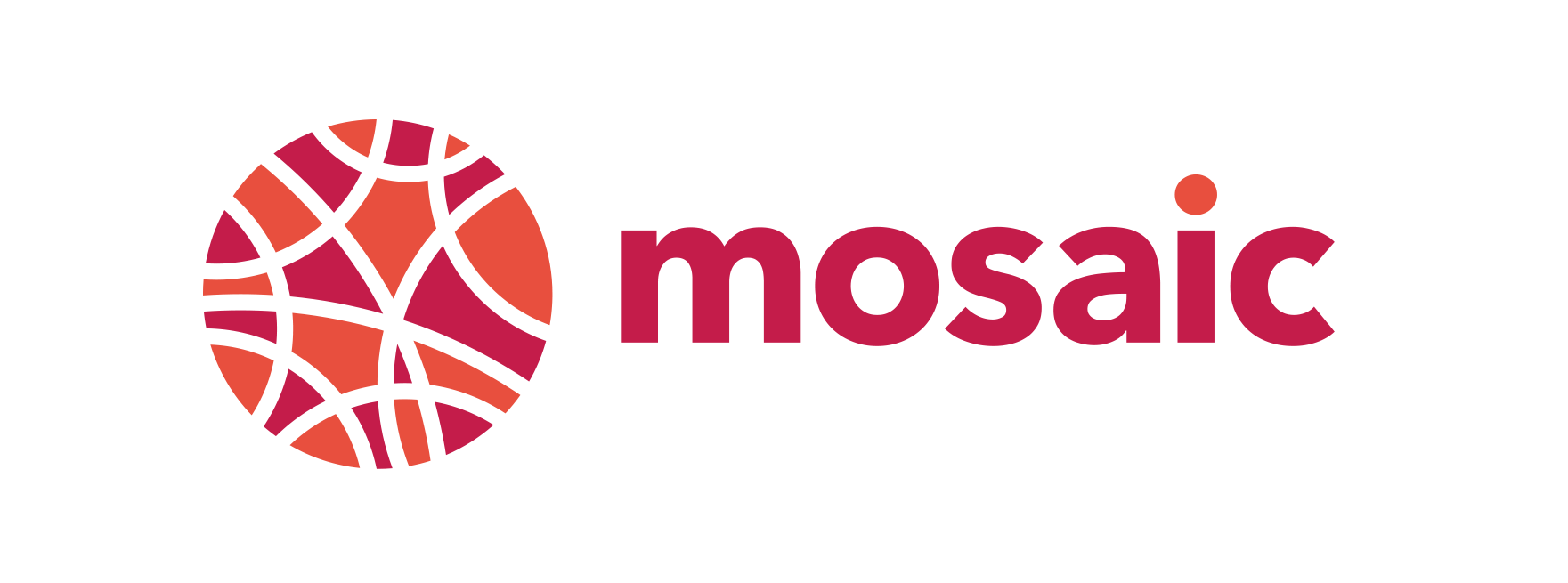Mobilising co-creation to achieve a Mission goal is an excellent way for a City to contribute to both sustainability and social inclusion objectives. However, how do participants in co-creation processes know what their impact will be? How can actors who are responsible for delivering these impacts use a co-creation process so that they can stay on the impactful pathway towards their goals?
Based on solid scientific advances since the 1980s, the notion of impact pathway offers a way to do this. It stands as a metaphor for the future outcomes of the co-creation activity and promises a user-friendly way to understand how a particular intervention has made a contribution to its targeted mission. This approach is often used in project and policy implementation.
However, there is a fatal flaw in the dominant impact pathway approaches – they are usually used after impacts have begun to materialise, which is usually about 10-20 years after the first intervention. This is problematic for the Cities Mission. Quite simply, there is not enough time between 2023 and 2030 to identify the impacts of innovative interventions – like co-creation – and to share their best practices with others in time for the Mission goal to be met. However, co-creation activities lend themselves towards reflexivity and design corrections towards solutions that are more likely to work because they have had input from citizens and other stakeholders. Impact pathways can be actively developed and discussed in co-creation processes!
This means that the conditions of co-creation for achieving Cities Missions are ripe for testing formative impact assessments. Anticipation and path correction during participatory processes could help cities meet Mission goals. Indeed, this is what the MOSAIC project will do. The MOSAIC team will seek to shape real-time decisions of Cities through the anticipation of the co-creation outcomes and legacies, as part of the co-creation activity itself.